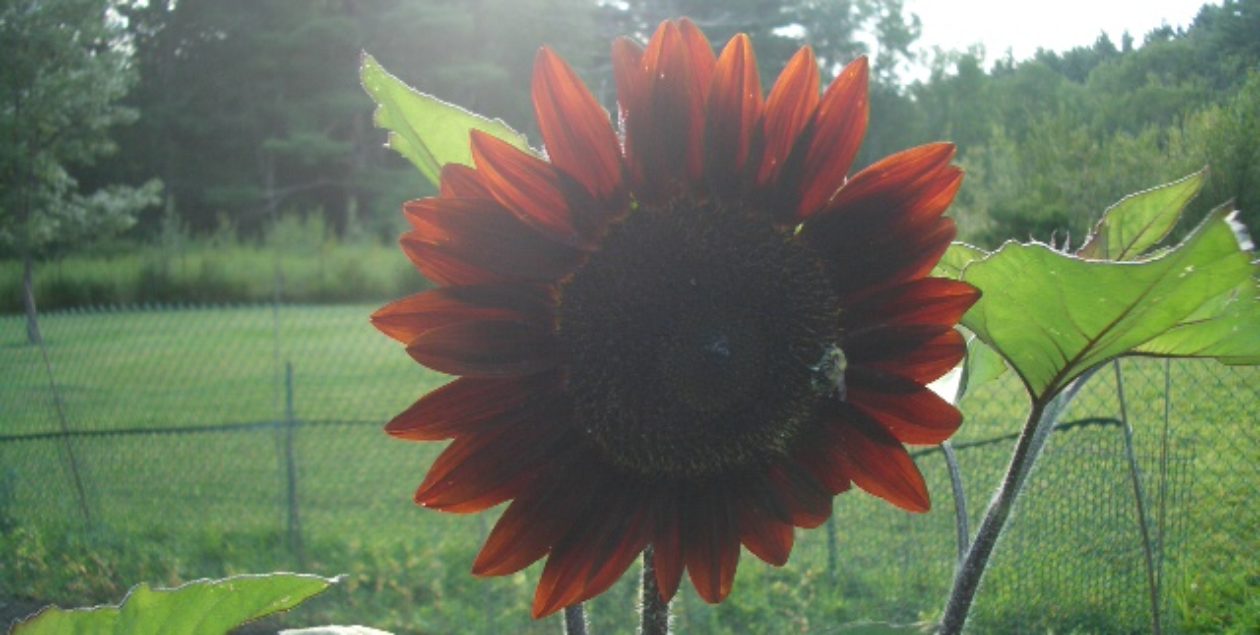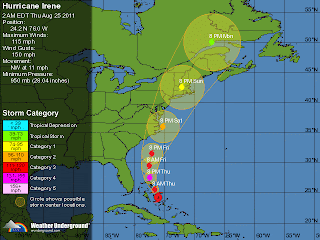One of the sad facts of growing a garden is that inevitably everything is ripe at the same time. And when you’re expecting to get wiped out by a hurricane, you tend to hasten the harvesting just a little.
So it’s critical to find a recipe that uses a lot of vegetables. Enter Rachael Ray’s grilled ratatouille boats. (Making ratatouille always reminds me of the Disney cartoon of the same name, which is what inspired a burning desire in me to go to Paris. Go figure – I based a vacation on a cartoon mouse.) Anyway, the recipe:
2 zucchini, halved lengthwise
3 tbsp olive oil
1 onion, chopped
2 cloves of garlic, grated
1 eggplant, cubed
2 tomatoes, chopped
1/4 cup parsley
Salt & pepper
1/3 cup shredded mozzarella cheese (although I prefer Asiago for the bite)
Cut zucchinis in half lenthwise:
Scoop out some of the seeds, the scoop balls of flesh from the center of the zucchini to create the boats (a melon baller works well, but I just uses a teaspoon, since I don’t have a melon baller. Psst, mom – Christmas gift idea!) Heat 1 tbsp of the olive oil in a large skillet over medium heat, add the onion & cook for 5 minutes, then the garlic and cook for another minute. Add remaining olive oil (2 tbsp, if you’ve not been keeping track) the eggplant and zucchini balls, and cover & cook 8 minutes. Add in the tomatoes and cook, stirring, until the mixture is thick, about 5 minutes. Add parsley and season with salt and pepper.
Fill the zucchini shells with the ratatouille mixture, sprinkle with cheese and grill, covered, over medium-high until the cheese is melted and the shells are slightly softened.
So that’s Rachael’s version. I used parsley and basil, swapped the mozzarella for asiago and added fresh peas because they were loitering in the basket and there weren’t enough for a meal. Which is how I got from this:
| Pretend those cucumbers are zucchini |
To this:
It’s enormously satisfying to sit down to a dinner where pretty much everything in it came out of your garden.

